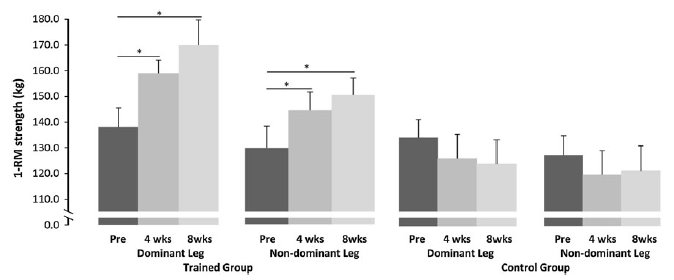THANK YOU FOR VISITING SWEATSCIENCE.COM!
As of September 2017, new Sweat Science columns are being published at www.outsideonline.com/sweatscience. Check out my bestselling new book on the science of endurance, ENDURE: Mind, Body, and the Curiously Elastic Limits of Human Performance, published in February 2018 with a foreword by Malcolm Gladwell.
- Alex Hutchinson (@sweatscience)
***
Very cool new study on massage, from Mark Tarnopolsky’s group at McMaster (abstract here, press release here). Massage is one of those interventions that’s very difficult to study objectively — people like the feel of massage, you can’t blind them, and the outcomes you’re interested in are usually very subjective. But this study does a very good job.
The details: 11 volunteers exercised to exhaustion (about an hour or more on an exercise bike with gradually increasing pace) to induce muscle damage. Then, after a 10-minute break, one of their legs was massaged as follows:
(i) 2 min of effleurage, a light stroking technique delivered with a moderate pressure; (ii) 3 min of petrissage, a firm motion involving compression and subsequent pressure release from the muscle; (iii) 3 min of slow muscle stripping, consisting of repeated longitudinal strokes of ~40 s; and (iv) an additional 2 min of effleurage.
The leg to be massaged was randomly selected, and no one except the massage therapist knew which leg had been massaged until after the results were analyzed.
So how to figure out what the massage did? They took three muscle biopsies from each leg: one at rest, one immediately after the massage, and one 2.5 hours after the massage. Then, because they didn’t know exactly what to expect, they did an untargeted whole-genome analysis to figure out which genes reacted differently between the massaged and non-massaged leg. The result:
[W]hen administered to skeletal muscle that has been acutely damaged through exercise, massage therapy appears to be clinically beneficial by reducing inflammation and promoting mitochondrial biogenesis.
How and why does this happen? The researchers suggest that “mechanical stretch or strain during massage treatment” activates the relevant signalling pathways. In fact, they suggest, the mechanism may be essentially the same as conventional anti-inflammatory drugs. Which is very cool. They also checked the rate of glycogen restoring and lactate clearance in the muscles; neither were improved by massage (which, in the case of lactate, we already knew).
So what does this tell us? Massage does something. Do these acute signalling changes translate to a clinically significant difference in muscle recovery a day later? Impossible to say for now. Is effleurage or petrissage more effective than one of those self-massage devices you can buy from late-night informercials, or than a foam roller? Who knows. But it’s a very good start.



